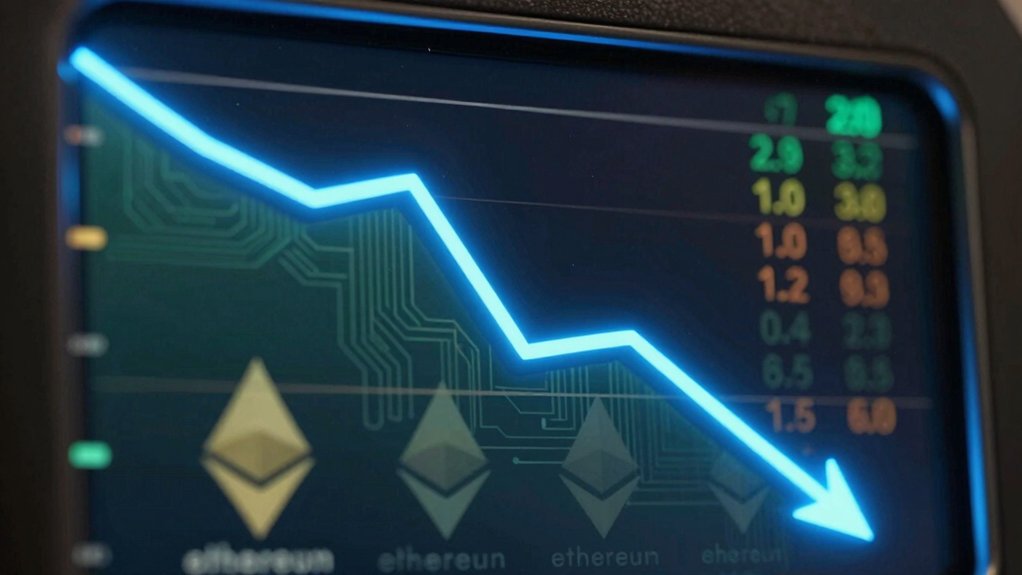In a blockchain landscape often lauded for decentralization yet frequently dominated by strategic puppeteering, the recent record-breaking week exposed BNB Chain and Solana as the undeniable heavyweights, their contrasting trajectories forcing a reevaluation of supposed market leaders; BNB Chain’s staggering $10 billion 24-hour DEX volume, propelled by Binance’s aggressive airdrop campaigns and soaring lending rates, unapologetically overshadowed Solana’s respectable but comparatively modest $2.5 billion, revealing not just raw power but the extent to which orchestrated incentives, rather than organic growth, dictate the playing field. This spectacle, far from being a testament to meritocratic blockchain evolution, underscores a troubling reality: regulatory impacts appear largely sidelined, as Binance’s strategic largesse manipulates market metrics, while NFT trends, though vibrant, remain peripheral to the true drivers of volume dominance. Notably, PancakeSwap’s ~$2.7B daily volume and $5M in fees highlight how lower transaction fees and multi-chain integration amplify BNB Chain’s trading dominance. The 24-hour trading volume on BNB Chain nearly reached $10 billion, significantly surpassing competitors and cementing its position as the top network for DeFi trading volume.
BNB Chain’s ascendancy—fueled by lending interest rates skyrocketing from 2% to nearly 6% on Aave and breaching 10% on Venus—exemplifies a scenario where financial engineering and token airdrops amplify activity artificially, rather than through genuine user adoption or innovative breakthroughs. Meanwhile, Solana, despite its loyal memecoin communities and niche appeal, suffers a weekly volume decline of approximately 40%, revealing that enthusiasm for speed and unique ecosystems cannot outpace the brute force of incentive-driven volume inflation. The gap between BNB Chain’s $13.56 billion weekly volume and Solana’s faltering numbers starkly illustrates how market capitalization and reputation—Solana’s $82.1 billion versus BNB’s unspecified but evidently massive footprint—are secondary to raw transactional theatrics.
This data challenges the naïve assumption that decentralized networks thrive solely on organic demand or technological superiority. Instead, it exposes a marketplace manipulated by coordinated campaigns, where regulatory oversight struggles to keep pace, and NFT trends serve as distractions rather than core catalysts. The result is an ecosystem where volume no longer signals health or innovation but reflects orchestrated spectacle—demanding a far more critical, skeptical gaze on blockchain metrics touted as success.









